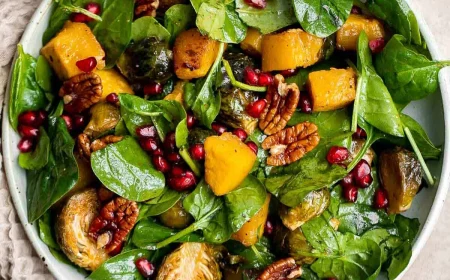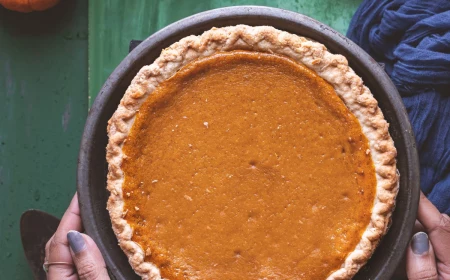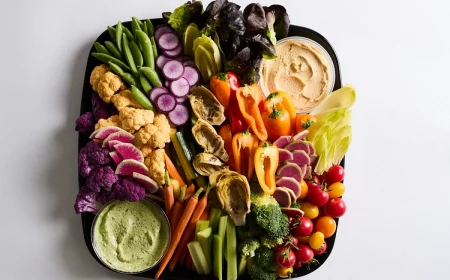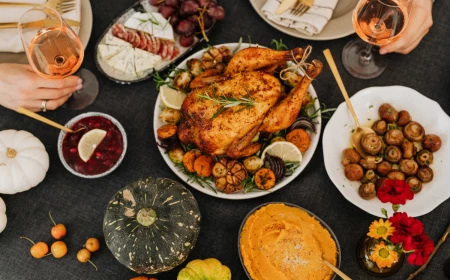The Sanity-Saving Kids’ Activity Station: Your Guide to a Calmer Holiday
We’ve all been there. The house smells incredible, family is trickling in, and that happy, chaotic holiday buzz starts to build. But then, somewhere between the greetings and the gravy, you feel it. That familiar tension. The younger kids, totally overstimulated and off their routine, start getting antsy. Their patience runs out way before the food is ready, and suddenly you’re juggling a hot pan, a conversation with your aunt, and a whining toddler. It can really fray the edges of a beautiful day.
In this article
A lot of us reach for a screen as a quick fix. And hey, no judgment—sometimes you just need a minute. But I’ve learned from years of working with kids and families that a simple, intentionally designed activity station is a far better solution. It’s not just about tossing some crayons on a table. It’s about creating a dedicated little zone that invites kids to be creative, helps them calm down, and might just become a favorite family tradition.
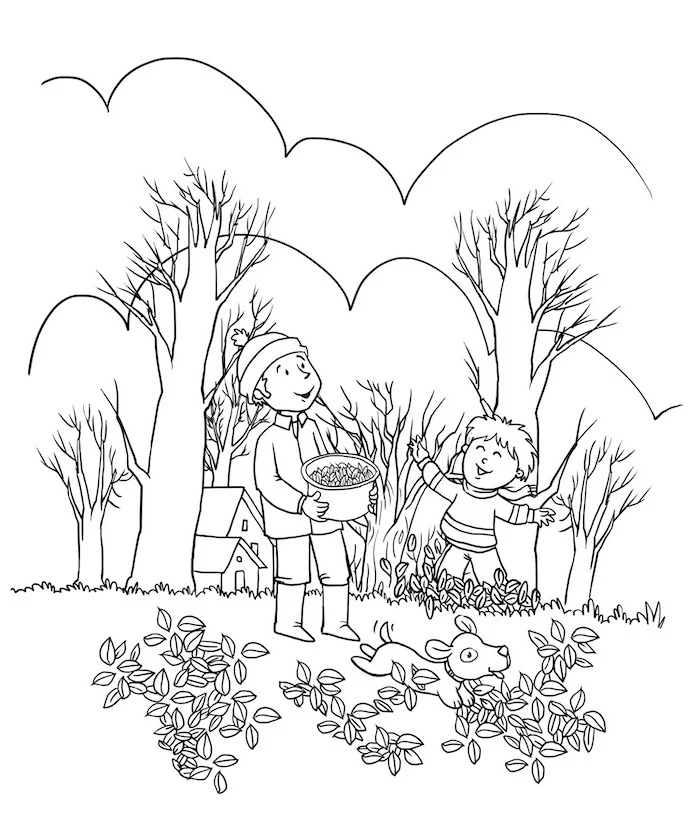
So, let’s walk through how to actually set this up. We’ll cover what supplies are worth your money, where to put the station to avoid total disaster, and a few activities that go way beyond coloring to actually build a little gratitude and connection. This is how you turn a major stress point into a source of peace.
Why This Genuinely Works (It’s Basically Brain Magic)
Before we get into the nitty-gritty, you should know why this is so effective. It’s not just a distraction; it’s rooted in some pretty solid developmental science. When a child gets lost in a focused, repetitive activity like drawing or molding clay, it literally calms their nervous system.
Think about it: focusing on one simple task helps them tune out the overwhelming noise and energy of a packed house. The rhythmic motion of a crayon on paper is almost meditative. It can actually lower their heart rate and slow down the production of stress hormones. It’s what the pros call a “regulating activity.” It gives a child’s brain a much-needed break, letting them reset. This is a game-changer for little ones, especially toddlers to seven-year-olds, who are still figuring out how to manage big feelings.
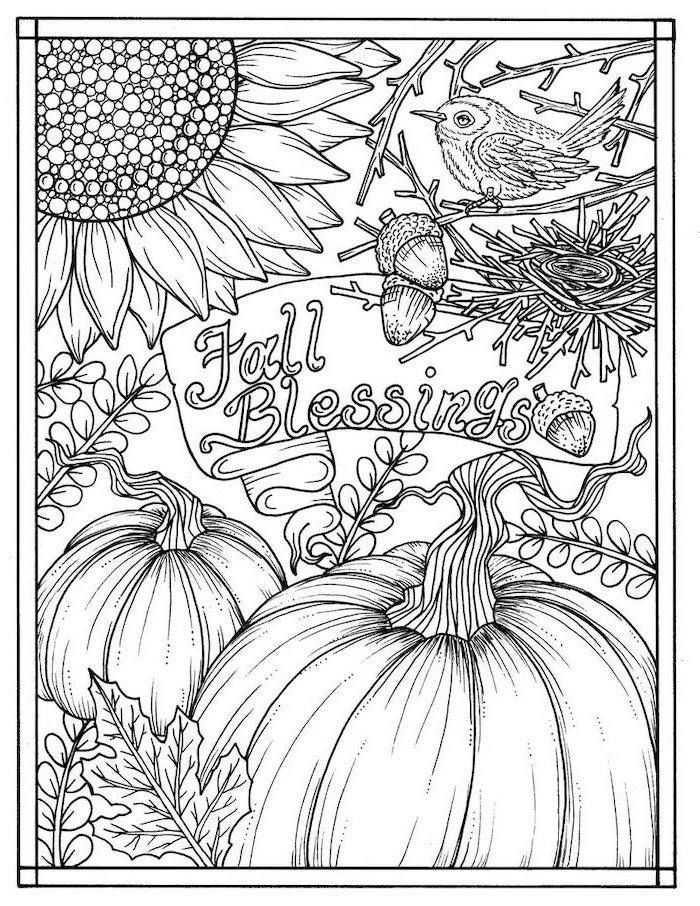
Oh, and by the way, it’s great for their development. Grasping a chunky crayon builds the fine motor skills they need for writing. For bigger kids, it’s a chance to be creative without any pressure or grades. And honestly? I always set out some more detailed coloring sheets and good colored pencils, and I’m never surprised when I see uncles, cousins, and even grandparents sitting down for a few quiet moments of coloring. It’s a gentle way to connect that bridges all the age gaps.
Okay, Where Do I Even Put This Thing?
Location is everything. You want it to be accessible but not in a high-traffic area where it will get trampled. Here are a few options:
- The Corner Nook: Find a corner of your main living or dining area. The kids are still in sight (which is key for supervision!), but they’re slightly removed from the main flow of traffic. This is my personal favorite.
- The Floor Station: Don’t have a spare kids’ table? No problem. Tape a big piece of paper directly to the floor in a low-traffic spot. It feels like a special invitation to little ones.
- A Separate (But Visible) Room: If you have an adjacent playroom or den with a clear line of sight from the kitchen or living room, that can work too. Just avoid putting them in a closed-off room where you can’t see or hear what’s going on.
My number one mess-prevention hack: Get a cheap plastic tablecloth from the dollar store for a buck or two. Spread it out under your entire station, whether it’s a table or on the floor. When they’re done, you just gather the corners, fold up all the paper scraps and crayon bits, and toss the whole thing. Cleanup literally takes 60 seconds.
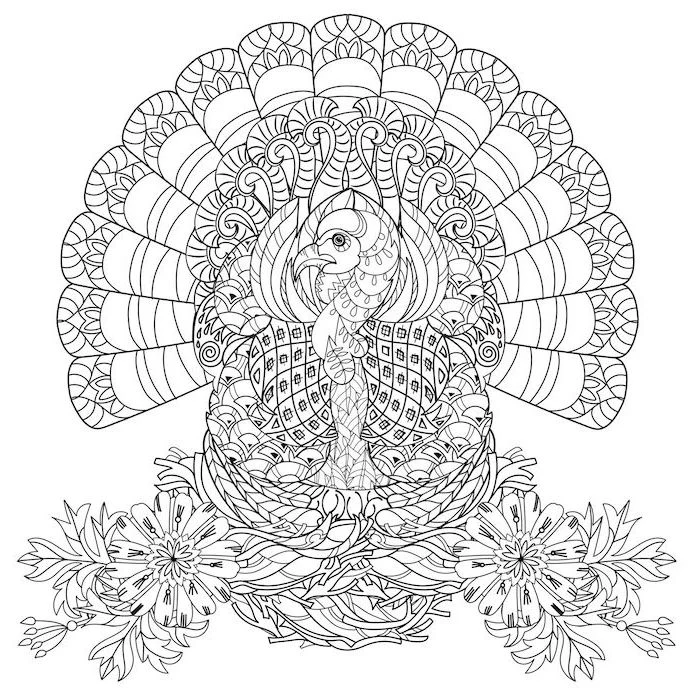
Your Smart Shopper’s Toolkit: What to Buy (and What to Skip)
The right materials make all the difference between an engaging activity and a frustrating mess. After years of trial and error in classrooms, here’s what I know works best.
For the Little Guys (Ages 1-3)
Safety and ease of use are everything here. Their grasp is still developing, and let’s be real, everything eventually goes in their mouth.
- Coloring Tools: Skip the standard crayons—they snap into choking hazards in seconds. Instead, look for egg-shaped or “rock” crayons. They fit perfectly in a toddler’s palm and are too big to be a choking risk. Absolutely no markers for this age group; the caps are a huge hazard.
- The Canvas: A big roll of brown or white kraft paper is your best friend. You can get a huge roll for about $10 at a craft store like Michael’s or even in the shipping section of Target or Walmart. Tape it down securely. It’s way better than single sheets, which just get crumpled and ignored.
- Safety First: Always look for products with the certified non-toxic seal (it’s usually an “AP” symbol on the package). This is non-negotiable. And even with the safest materials, an adult needs to be nearby.
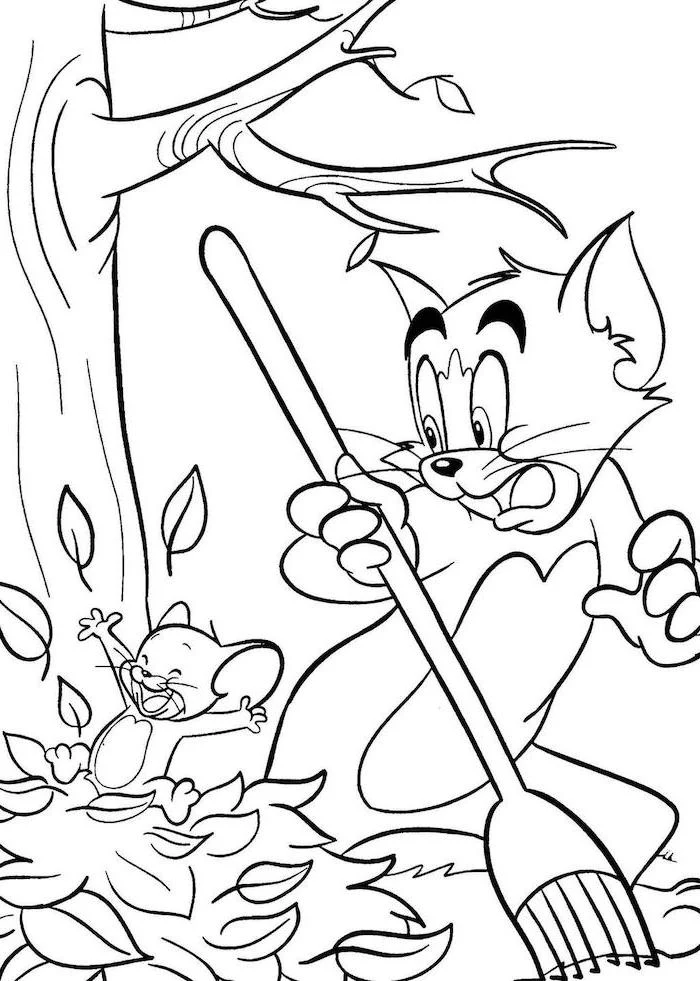
For the Preschool & Elementary Crew (Ages 4-7)
This group has better motor control and a longer attention span, so you can offer more variety.
- Coloring Tools: This is the prime age for good-quality, chunky crayons from a well-known brand—they have rich pigments and don’t break as easily. Washable markers are also a fantastic choice. Quick tip: a common problem is kids fighting over a specific color. I either buy two cheap sets of the basics or dump all the crayons and markers into a wide, flat container like a baking sheet so everyone can see and reach them easily.
- Stickers & More: A pack of simple holiday-themed stickers and some plain paper is pure gold. It’s great for fine motor skills and keeps them busy for ages. A pack will run you maybe $3-$5.
- Play-Doh (With a Warning): A few small tubs of Play-Doh with some cookie cutters can be a huge hit. Heads up! I recommend this only if your station is on a hard, wipeable surface. You do not want to be picking green dough out of your carpet fibers after dinner.
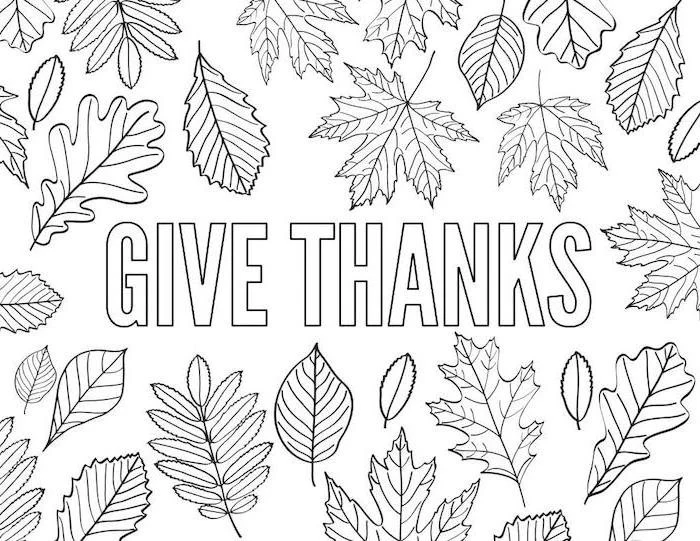
Beyond Coloring: Activities for Gratitude and Fun
Want to go beyond simple scribbling? A great activity that becomes a centerpiece is a “Gratitude Tree.”
All you need is a few branches from the yard placed in a sturdy vase, some paper cut into leaf shapes (or buy pre-cut ones), a hole punch, and some string. Leave out some pens and markers and invite everyone—kids and adults—to write something they’re thankful for on a leaf and hang it on the tree. It’s simple, meaningful, and makes a beautiful decoration.
Your Sanity-Saving Action Plan
Feeling overwhelmed? Don’t be. You can make this as simple or as elaborate as you want.
My Go-To Station Kit (Under $25):
- Roll of brown kraft paper (~$10)
- Pack of durable, brand-name crayons (~$4)
- Pack of washable broad-tip markers (~$5)
- A sheet or two of fun stickers (~$3)
- A cheap plastic tablecloth for cleanup (~$2)
Time-Saving Pro-Tip: Create a “Station in a Box” the week before. Just put all your supplies into a plastic bin. When guests start arriving and you feel that chaos creeping in, you just grab the box, dump it out, and your sanity-saving station is ready in two minutes flat.
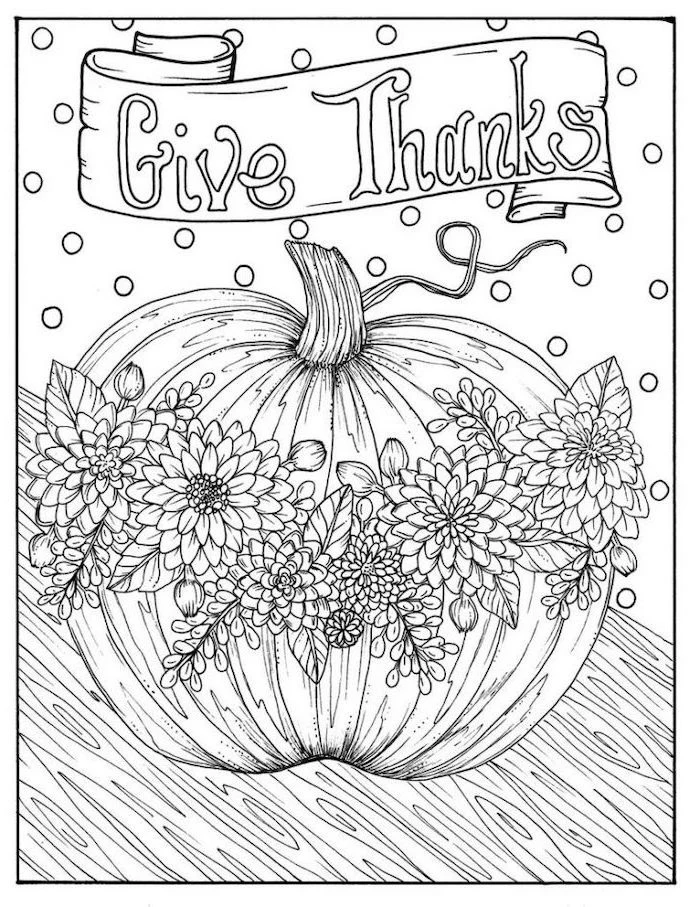
And listen, if you do only ONE thing from this entire list, do this: tape a giant piece of paper to the floor and put out a cup of crayons. It’s not fancy, but I promise it will buy you at least 20 minutes of peace. And on a busy holiday, that’s priceless.
Inspiration Gallery
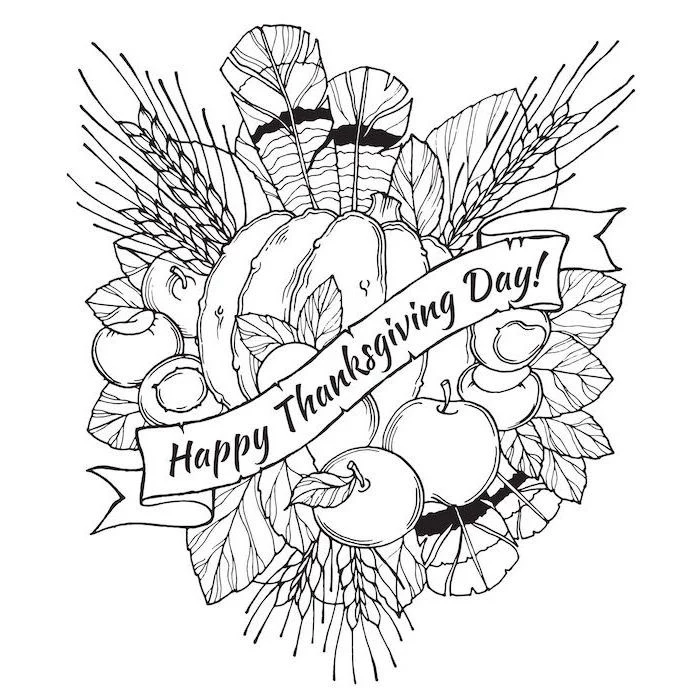
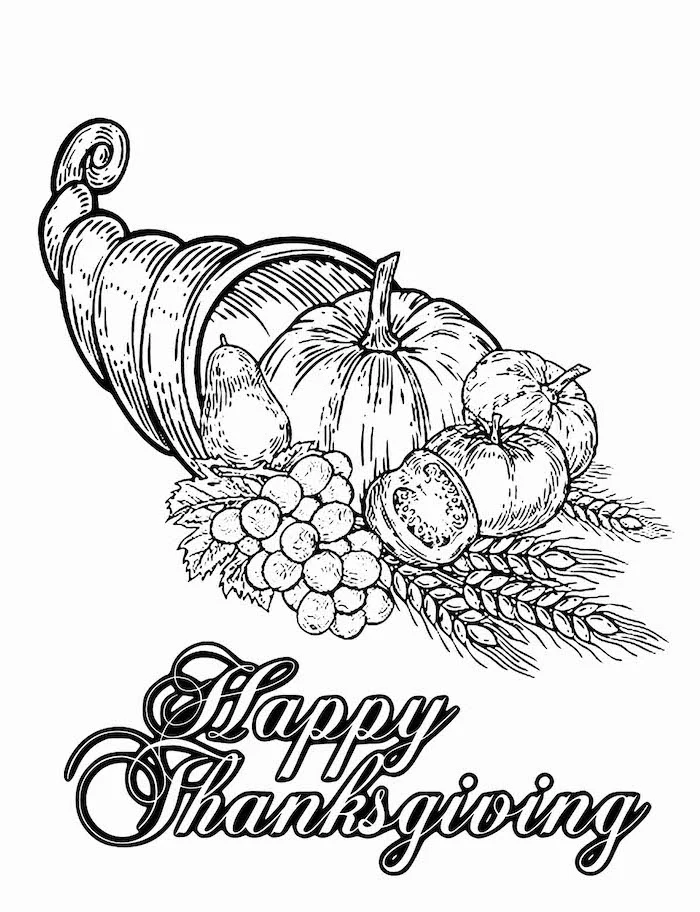
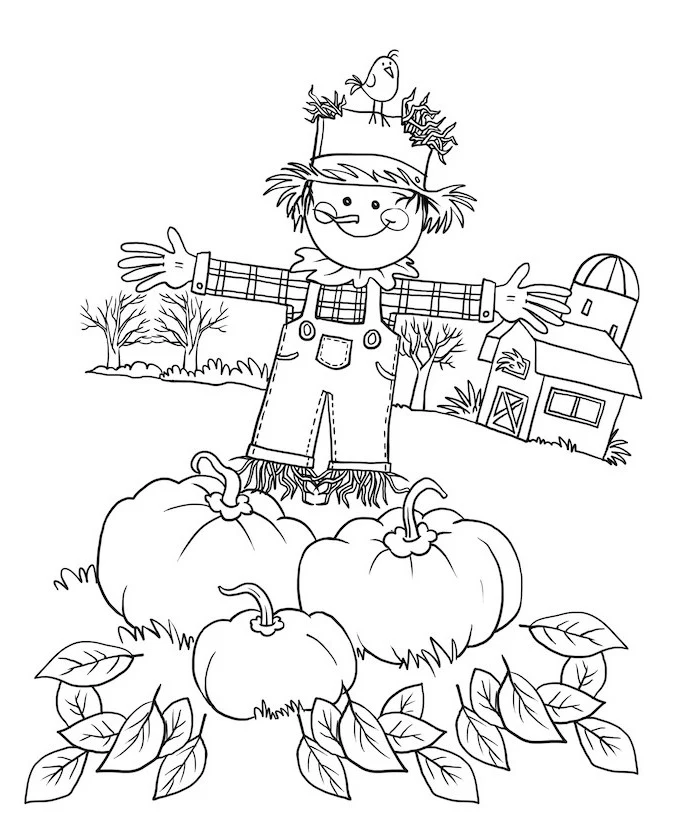
The magic of mess-free color: If the thought of spilled paint makes you anxious, consider solid tempera paint sticks. Brands like Kwik Stix dry in about 90 seconds, glide on paper like lipstick, and deliver vibrant, paint-like results without any brushes or water. They’re a total game-changer for holiday sanity.
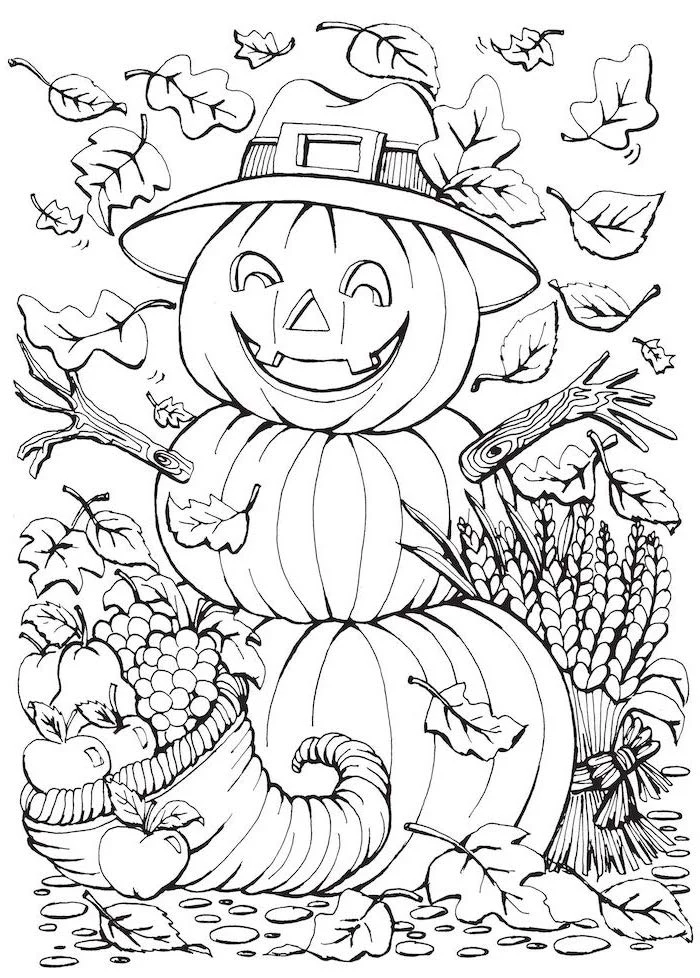
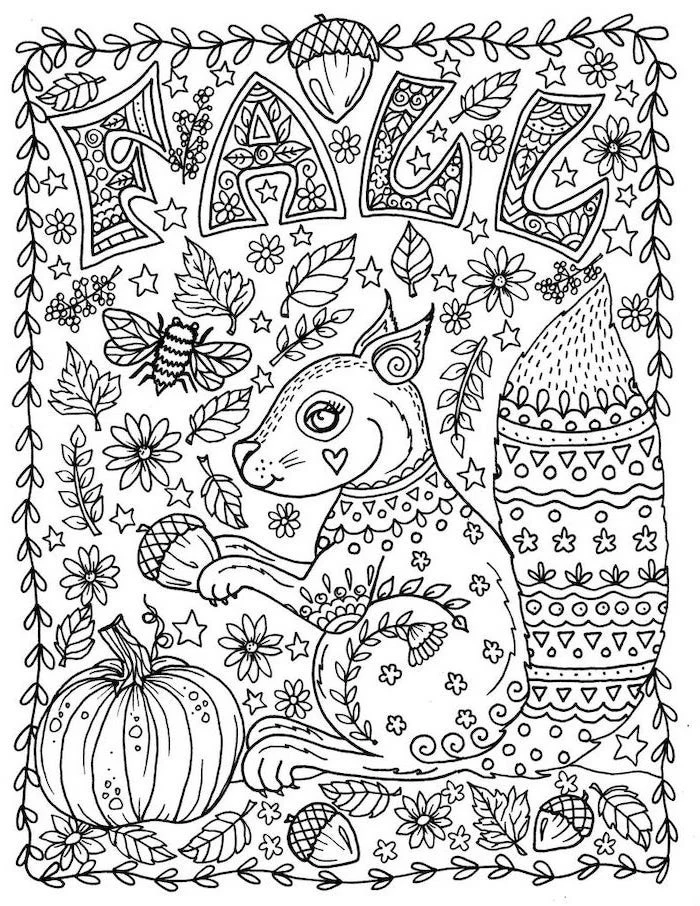
- Boosts fine motor skills
- Encourages pattern recognition
- Provides a quiet, focused task
The secret? A simple lacing activity. Punch holes around the edge of a cardboard leaf or turkey cutout and provide a shoelace or a piece of thick yarn with tape wrapped around one end to act as a needle. It’s an old-school classic for a reason.
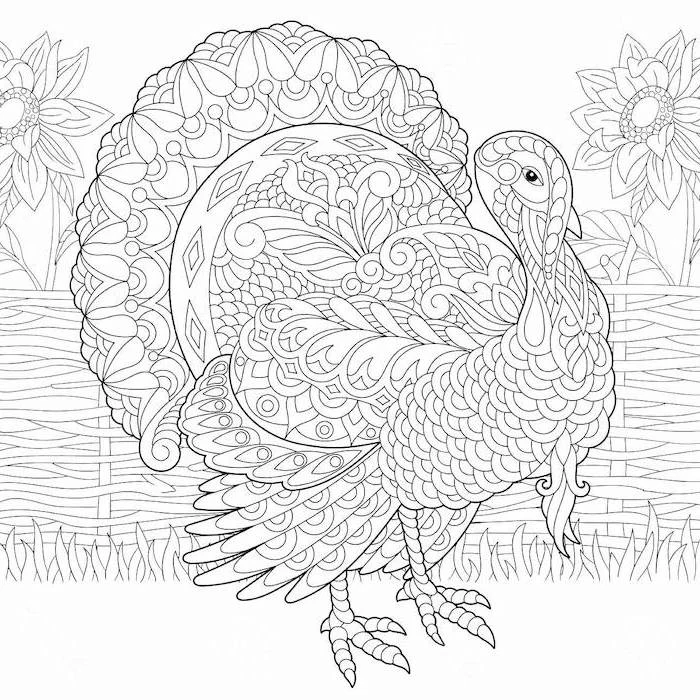
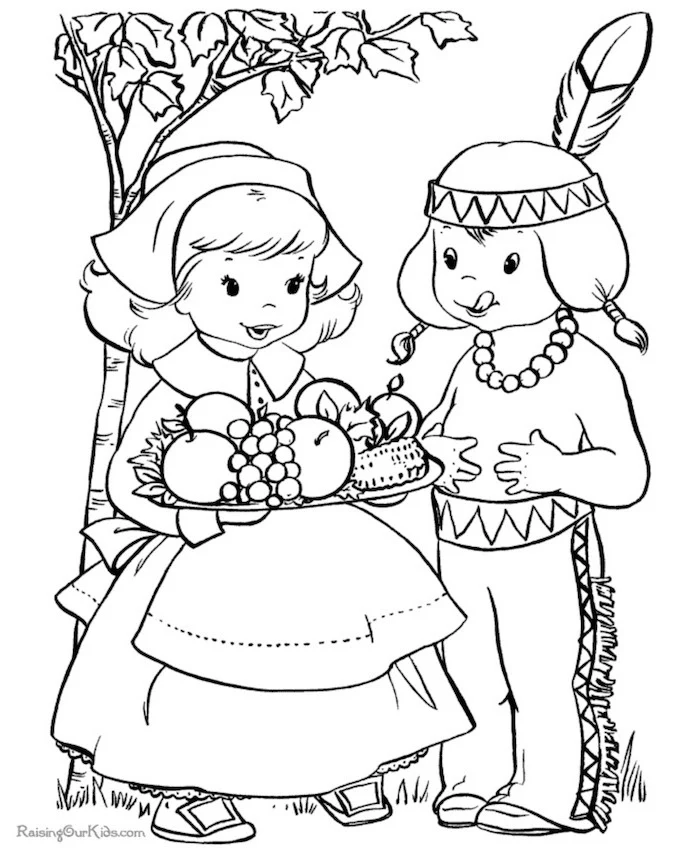
A child’s brain develops more during the first five years than at any other time in their life. Sensory play during this period helps create crucial neural pathways.
You can easily create a Thanksgiving-themed sensory experience with a small bin of uncooked corn kernels or dried beans, adding a few cinnamon sticks, small gourds, and scoops. The different textures, sounds, and smells provide rich, calming input for an overstimulated mind.

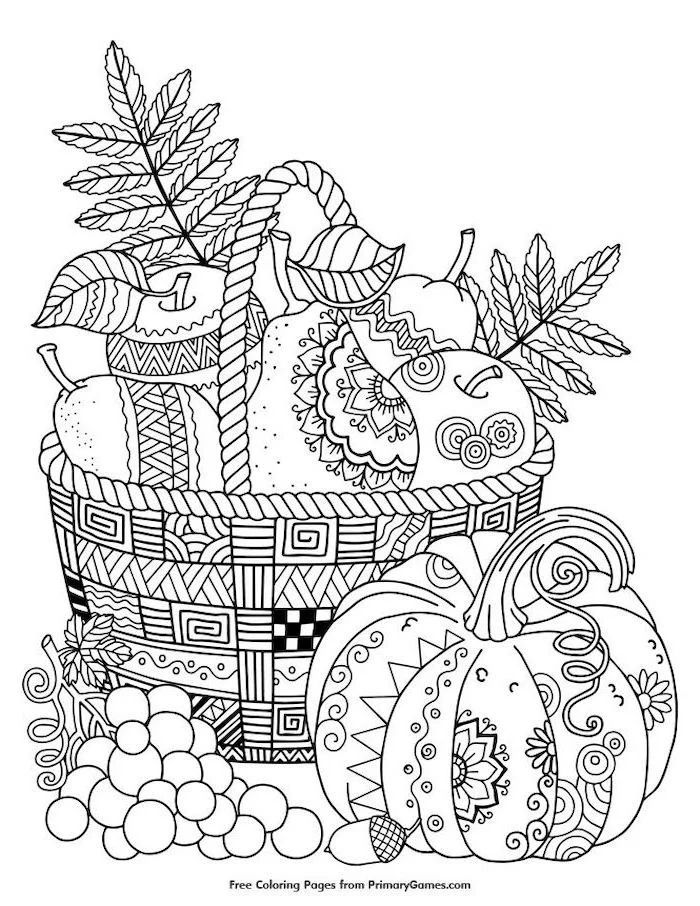
How do you make the station feel special, not just like a pile of stuff?
Create a defined, cozy zone. Use a small, fluffy rug or a sheepskin throw to mark the space. Add a floor cushion or two. Lay down a roll of brown kraft paper (like the MÅLA roll from IKEA) as a disposable, rustic-looking tablecloth that kids can doodle on directly. It signals that this corner is their own special retreat.
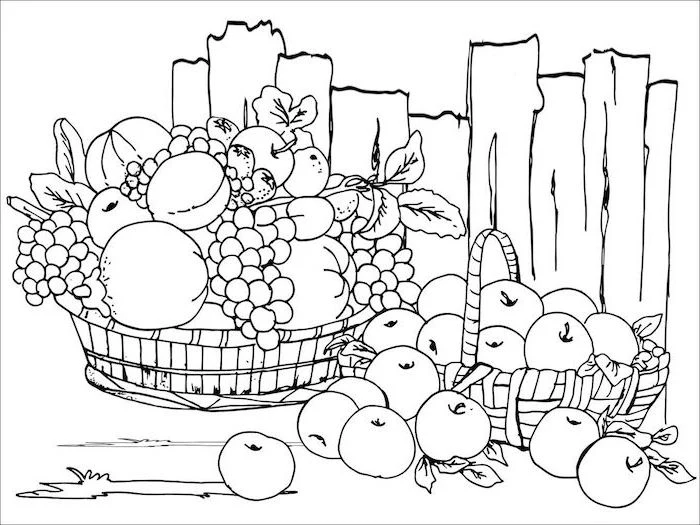

Crayola Model Magic: Dries to a lightweight, spongy texture in 24 hours, so creations can be kept. It’s less crumbly and sticky than traditional doughs.
Classic Play-Doh: Infinitely reusable if stored properly and offers that nostalgic scent and texture. It’s better for ongoing molding rather than creating keepsakes.
For a one-day event, Model Magic often results in less cleanup and a take-home craft.
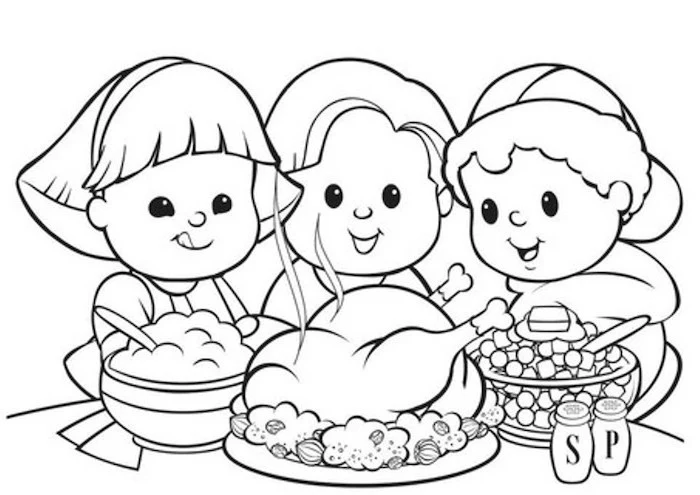
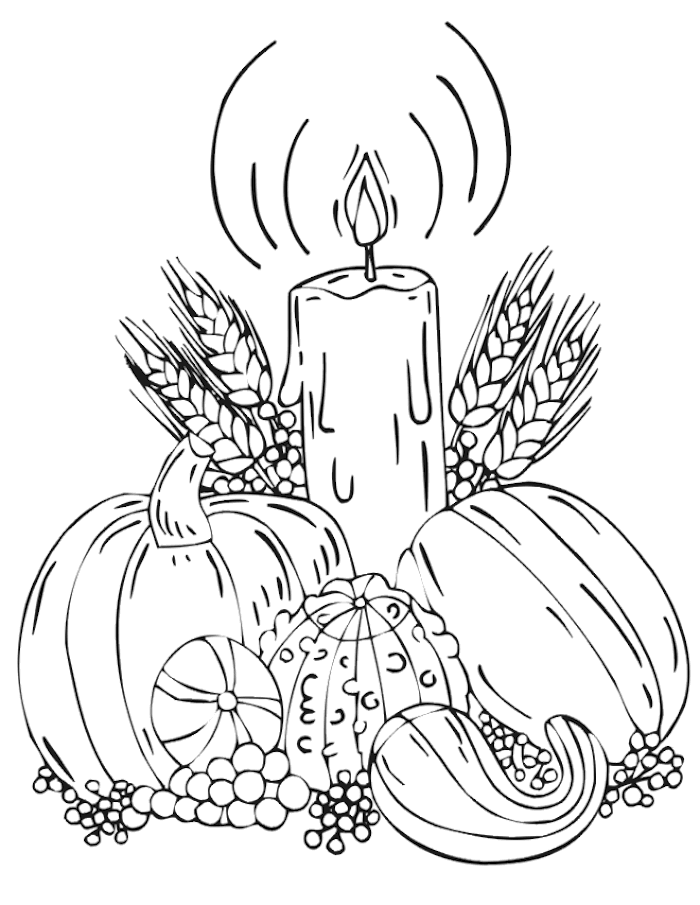
Don’t overlook the power of washi tape. This decorative paper tape is a fantastic, low-mess addition. It’s easy for little hands to tear, repositionable on most surfaces, and can be used to decorate paper pumpkins, create borders on drawings, or make colorful patterns on the kraft paper table cover. A few rolls in autumnal colors can inspire for hours.
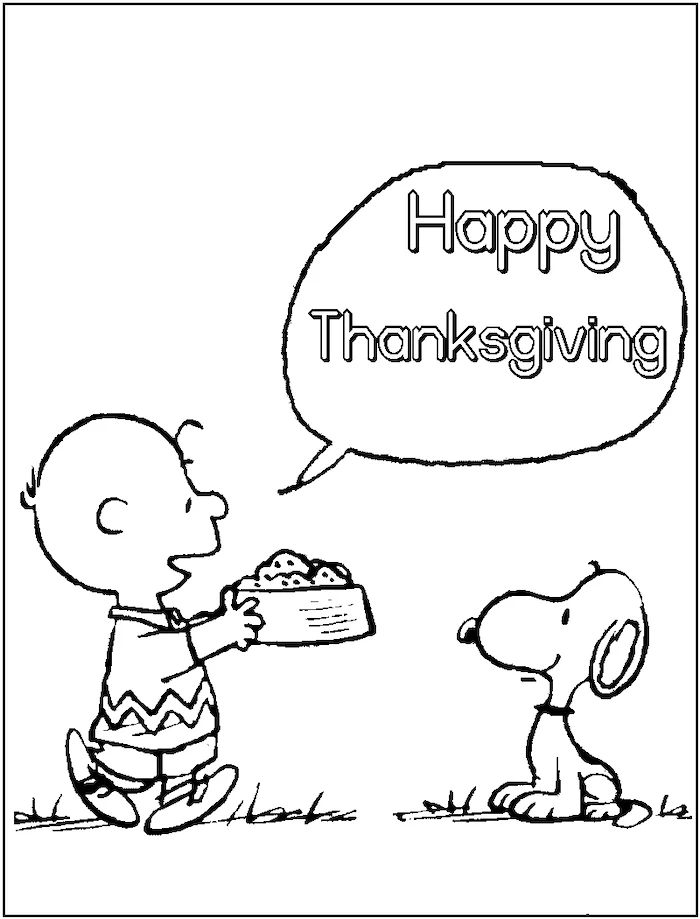

- Small branches gathered from the yard
- A sturdy vase or jar filled with sand or pebbles
- Pre-cut paper leaves (use a craft punch for speed!)
- A hole punch and some twine or ribbon
- Fine-tipped markers
Invite kids and adults alike to write something they are thankful for on a leaf and hang it on a branch. This
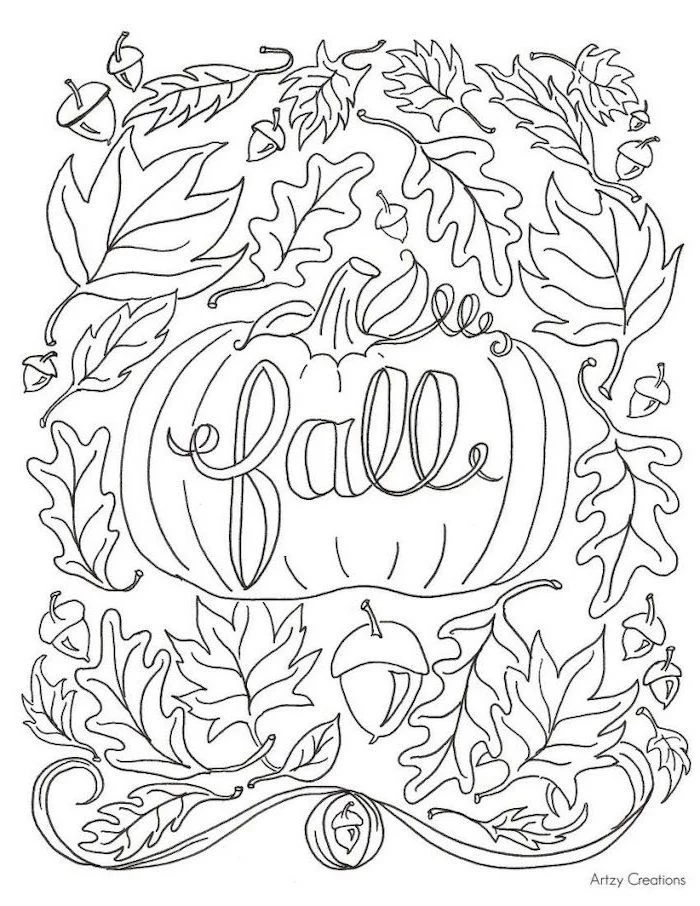
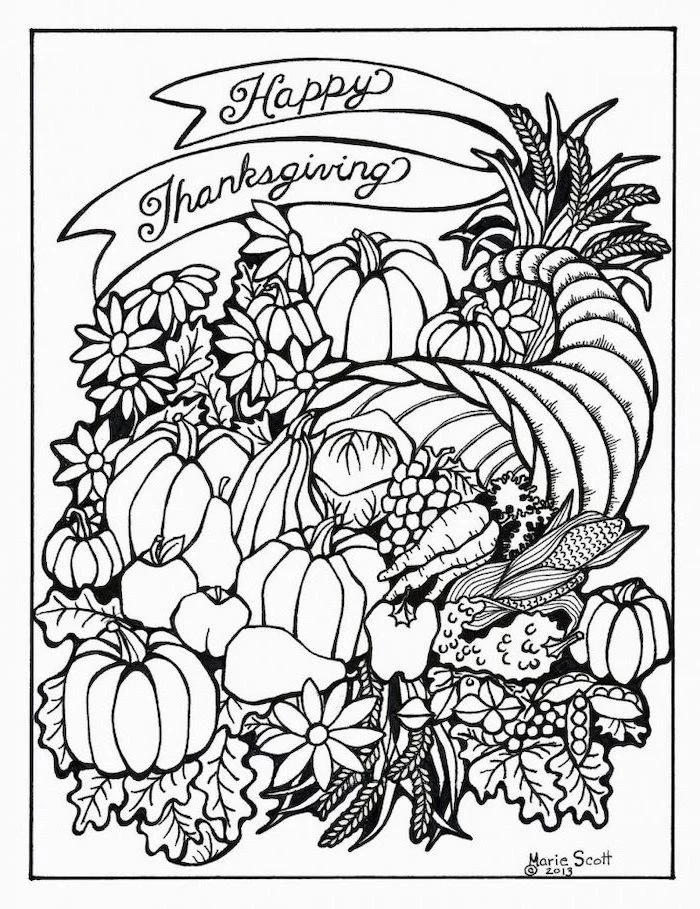
Important point: Avoid the paralysis of too much choice. Instead of putting out every craft supply you own, curate a small, inviting selection. A few specific activities are far more engaging than a chaotic pile of options. This also makes cleanup significantly faster.
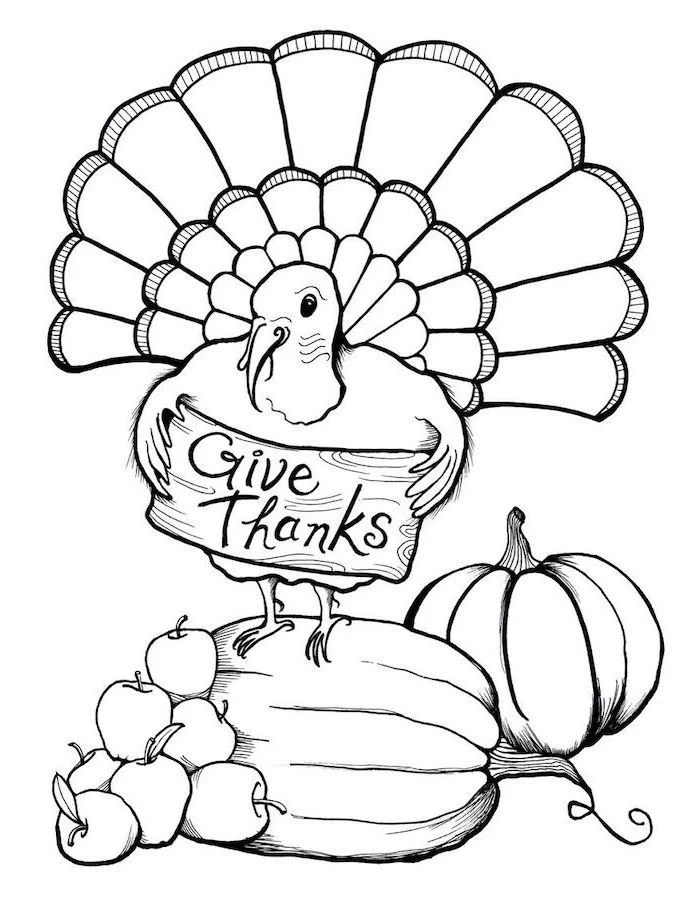
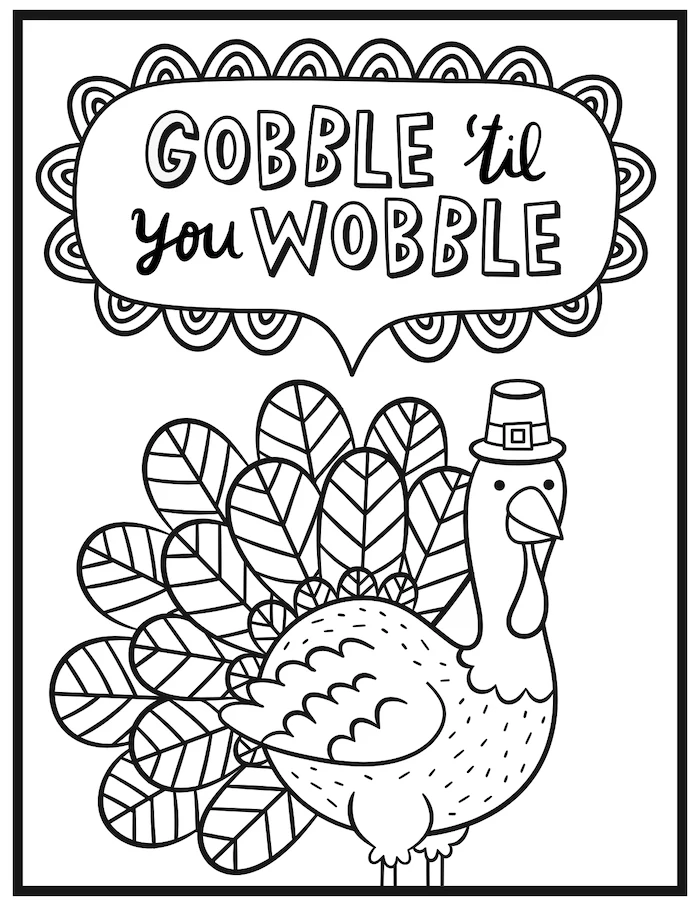
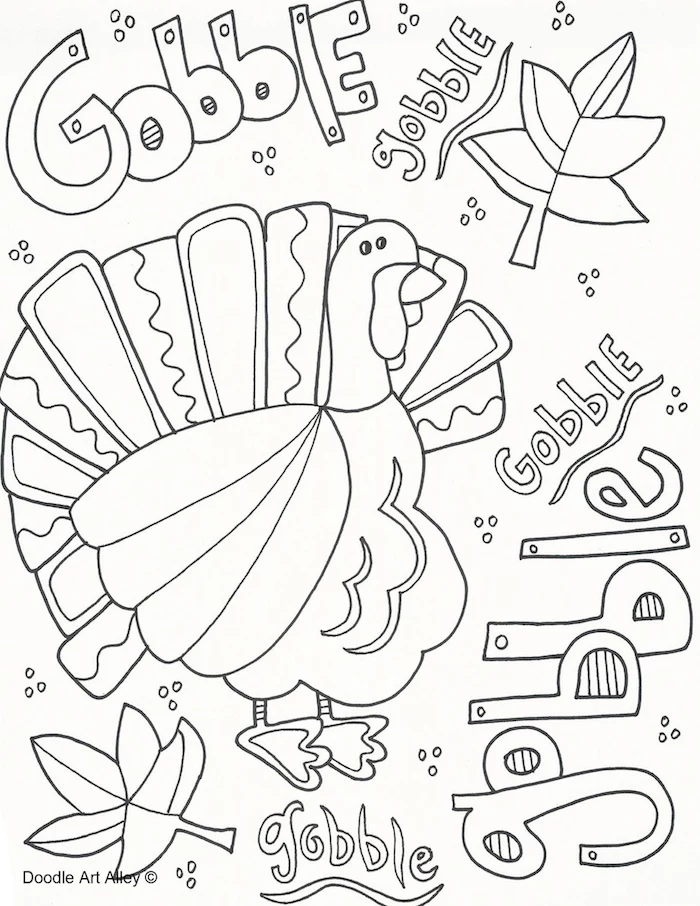
Want an activity that also helps with dinner prep? Give kids a stack of blank cards and some markers and ask them to create place cards for the dinner table. They can draw a small picture of each family member or simply practice writing their names. It gives them a real, purposeful job that contributes to the family gathering.
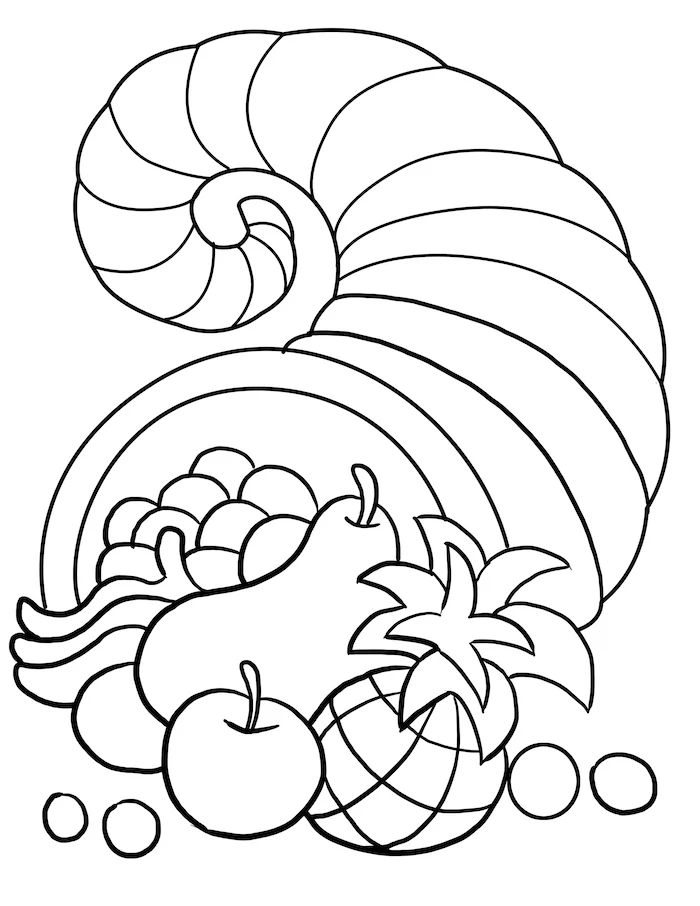
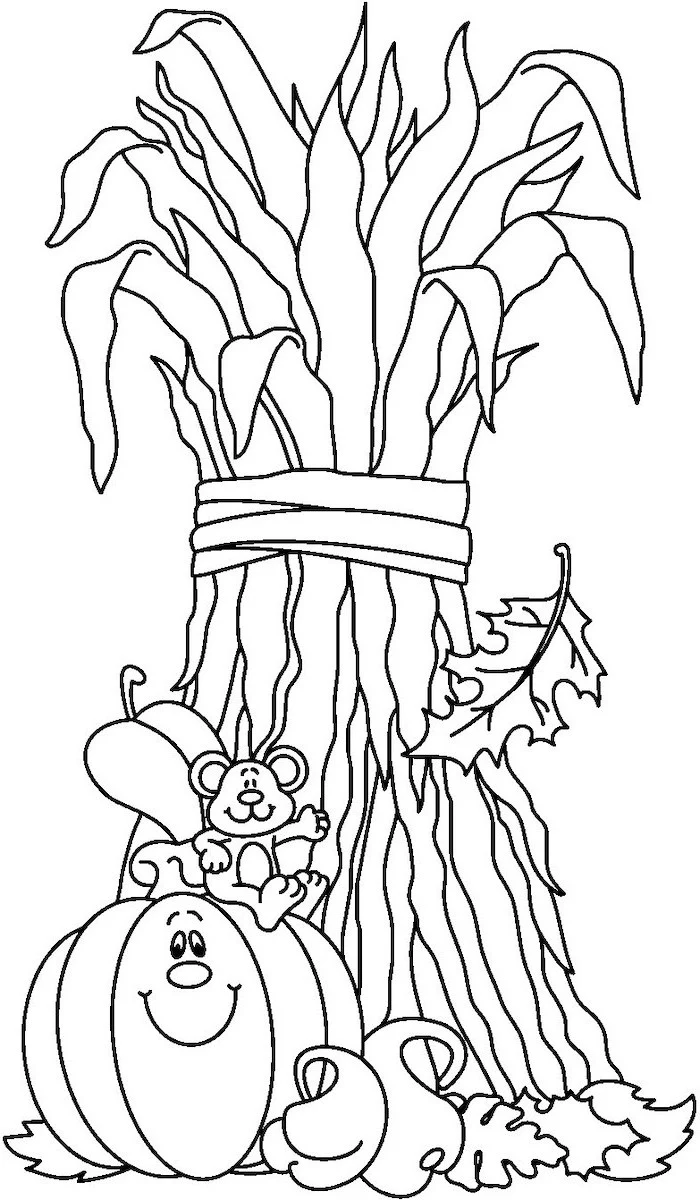
What about the 8-10 year olds who are ‘too cool’ for coloring?
Challenge them with something a bit more complex. A friendship bracelet station with embroidery floss in fall colors is a great option. Alternatively, provide blank comic strip panels and prompt them to create a short story about a turkey’s great escape. This taps into their growing storytelling and humor skills.
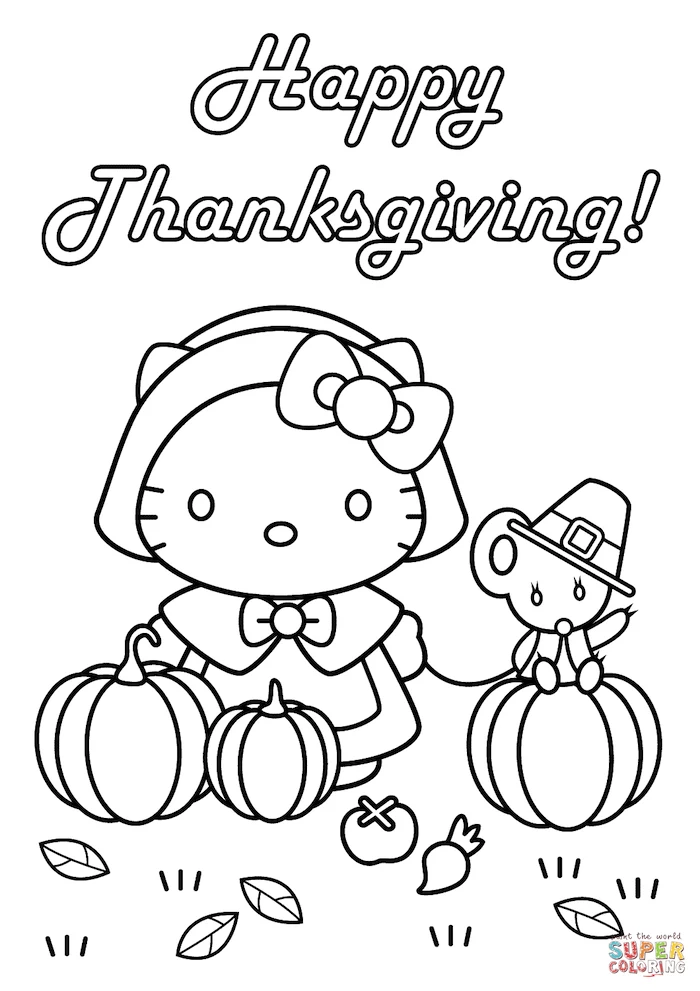
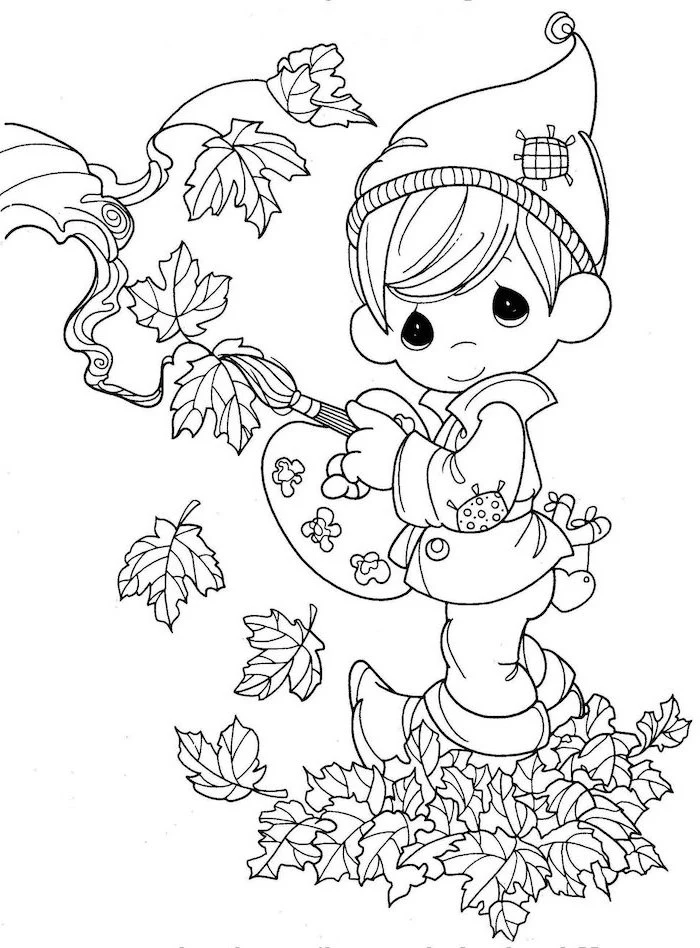
- A roll of paper towels or a pack of baby wipes
- A small, handheld dustpan and brush
- A vinyl tablecloth (you can find themed ones at the dollar store)
This is your pre-assembled cleanup kit. Keep it right by the activity station. Framing the cleanup as the final step of the activity (“Okay, time to put our tools to bed!”) makes it part of the game, not a chore.
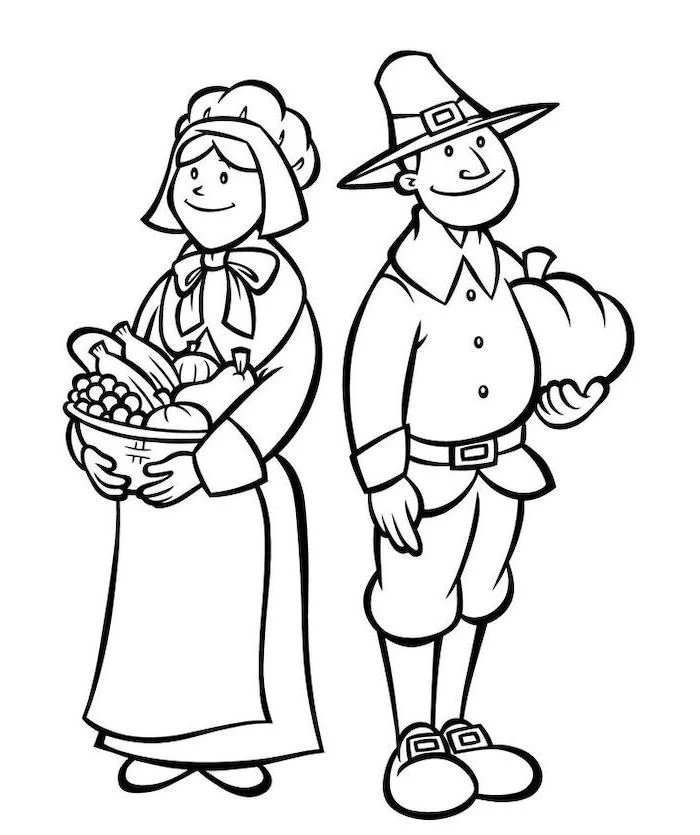
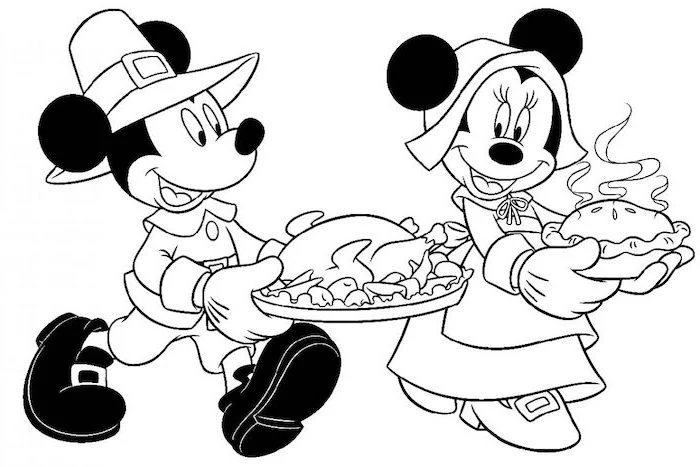
The All-in-One Kit Idea: To make things incredibly easy, prepare individual activity kits ahead of time. Use large Ziploc bags or small photo storage boxes. For example, a ‘Beaded Bracelet Kit’ would contain a pre-cut piece of elastic cord and a small container of beads. A ‘Turkey Craft Kit’ would have a paper plate, pre-cut paper feathers, and a glue stick. Kids can just grab a box and go.

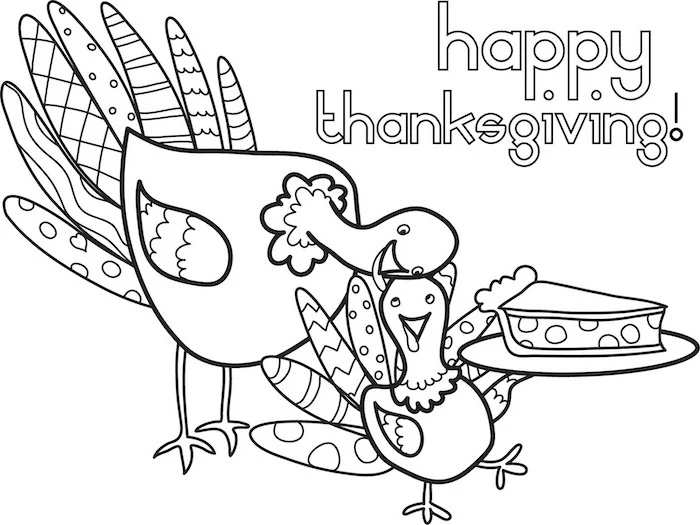
On average, household waste increases by more than 25% between Thanksgiving and New Year’s Day.
Turn recycling into a creative opportunity. A box of clean recyclables like cardboard tubes, plastic bottle caps, and egg cartons can become a ‘junk modeling’ or robot-building station. It’s free, imaginative, and subtly teaches the value of reusing materials.
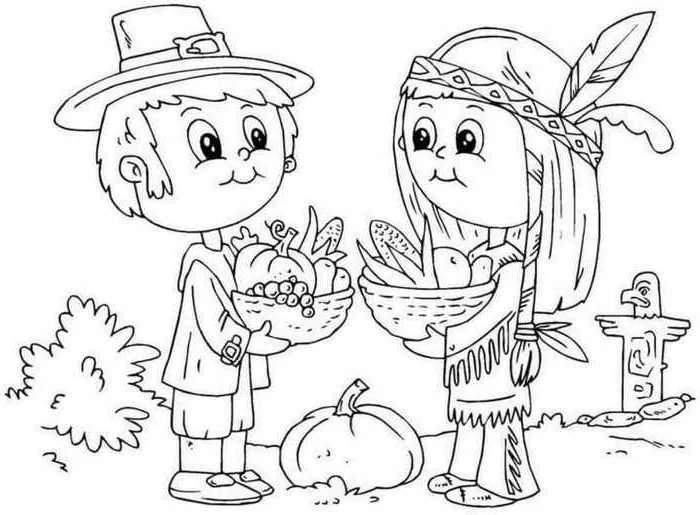
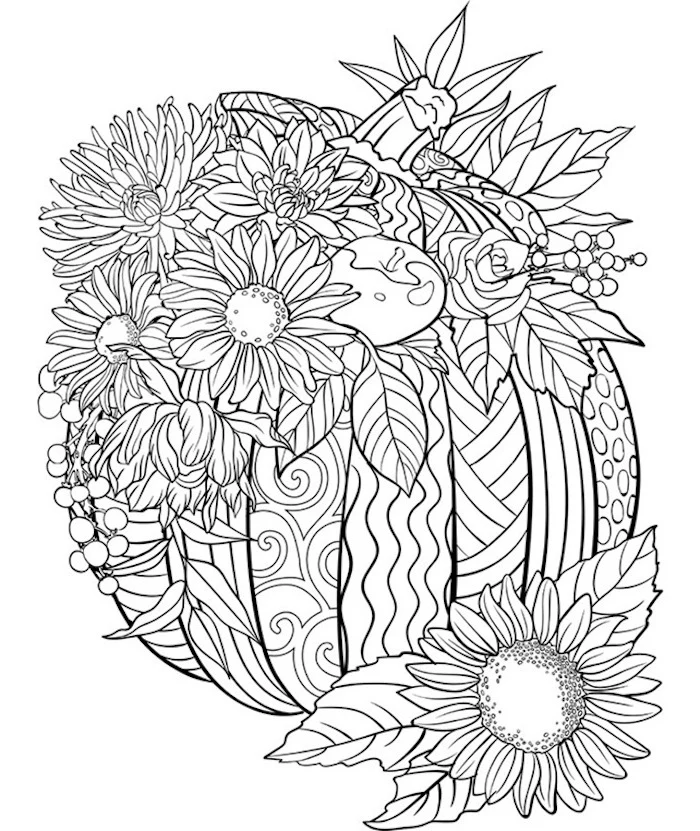
Introduce the simple joy of leaf rubbing. It connects kids to nature and creates beautiful results. All you need are some fallen leaves (drier ones work best), thin paper, and crayons with the paper peeled off. Crayola crayons work perfectly for this. Just place a leaf under the paper and rub the side of the crayon over it to reveal the texture.
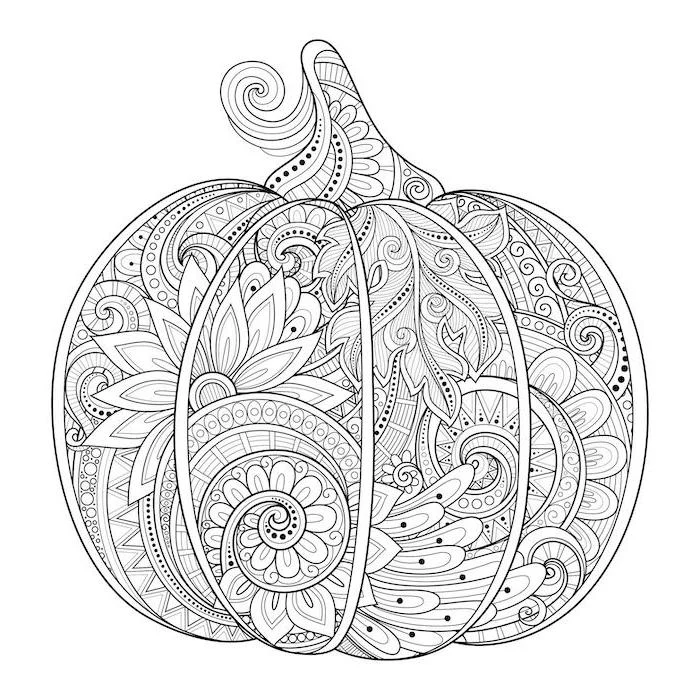
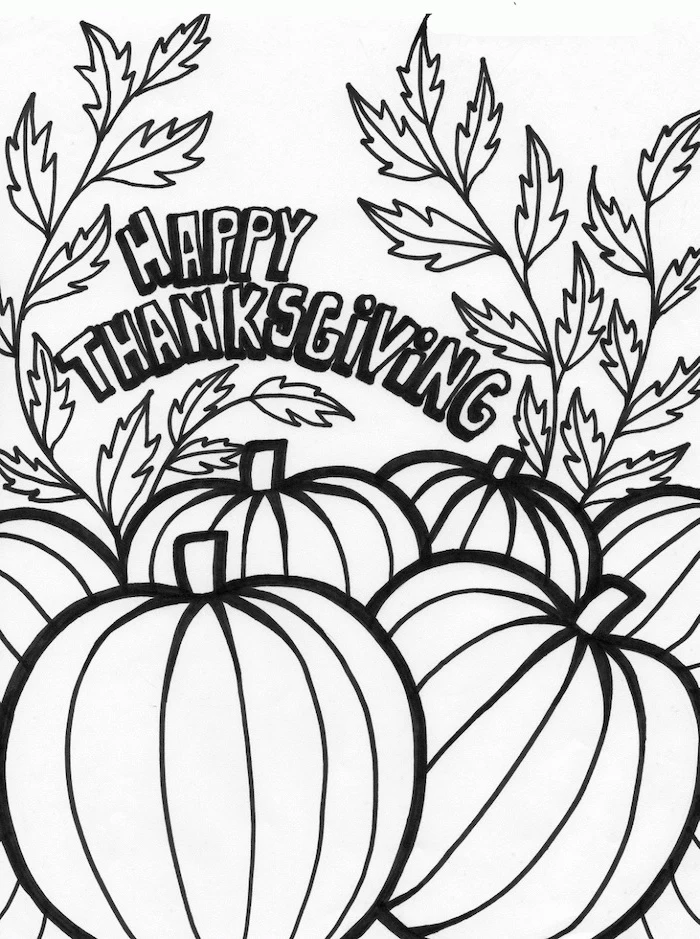
Looking for a simple, budget-friendly idea?
The dollar store is your best friend for building an activity station on a dime. Look for:
- Packs of construction paper
- Googly eyes and pom-poms
- Themed stickers
- Packs of pipe cleaners
- Inexpensive plastic bins to hold everything
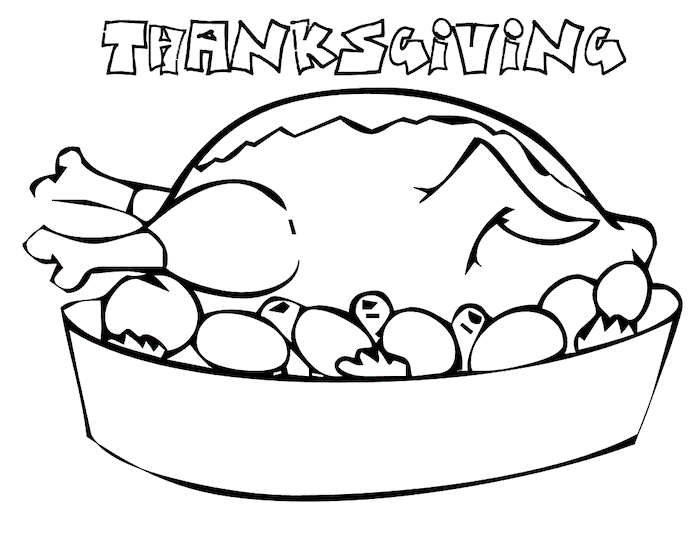
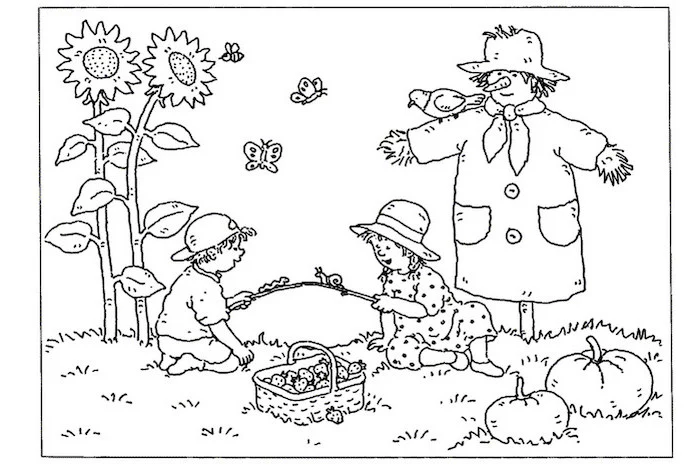
Story Stones: A wonderfully creative and calm activity. Collect a handful of smooth, flat stones. Using permanent markers or paint pens (like Posca pens), draw simple Thanksgiving-themed images on them: a turkey, a pie, a pumpkin, a pilgrim hat, a leaf. Kids can then arrange the stones and use them as prompts to tell a story. It’s a fantastic, screen-free way to spark imagination.
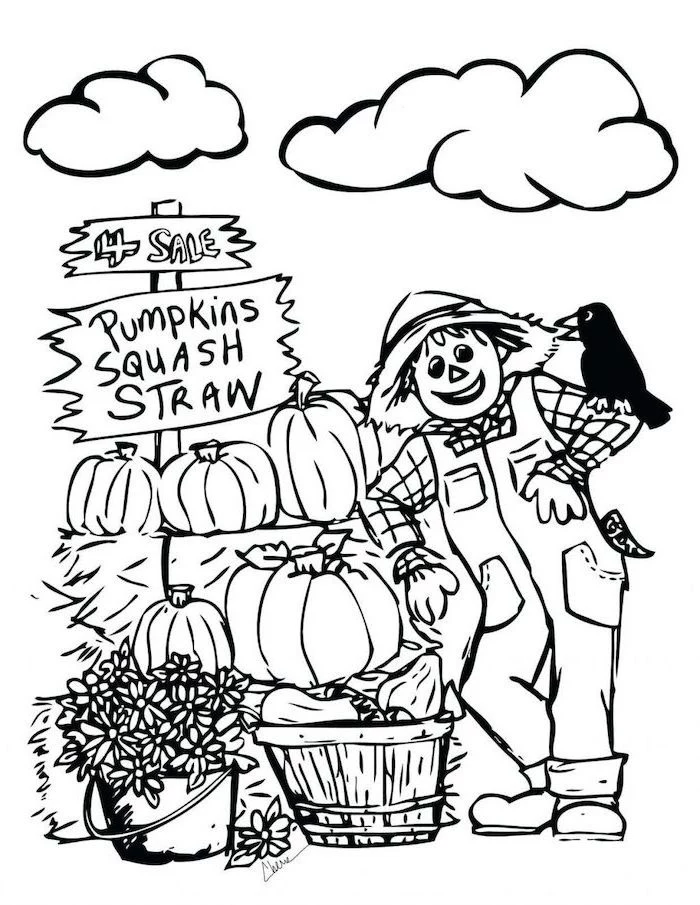
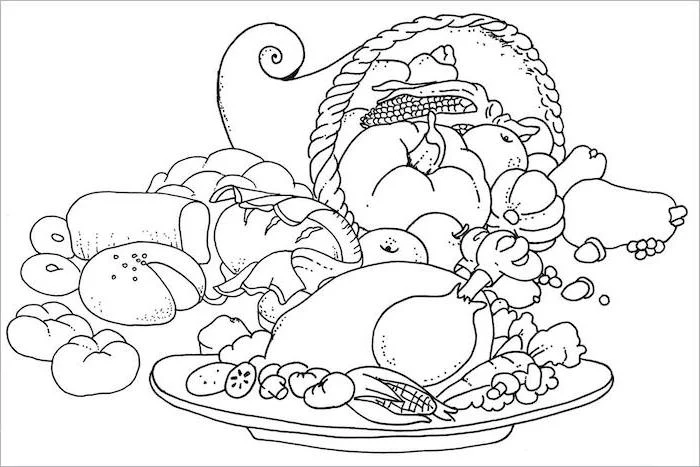
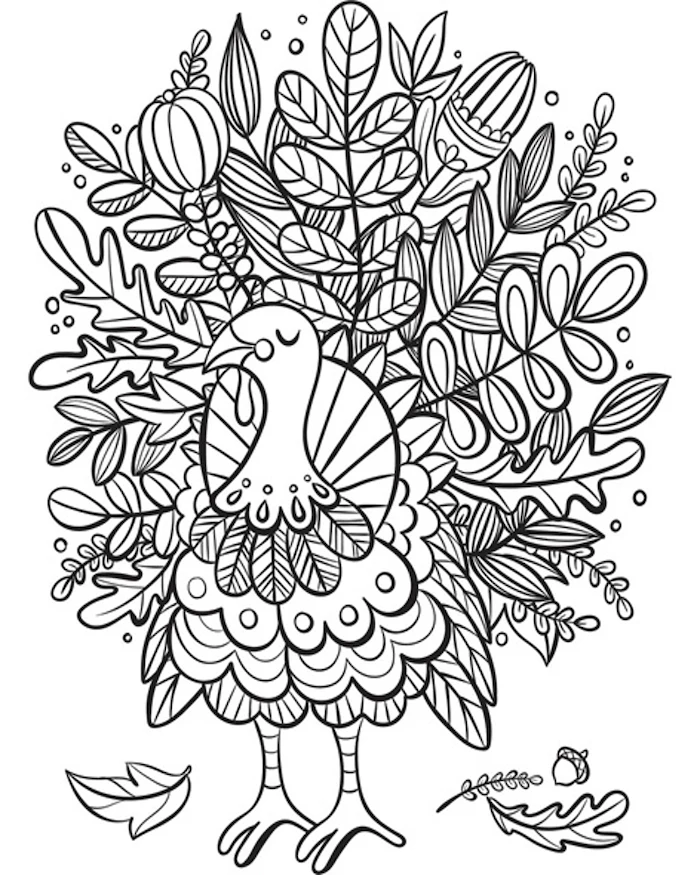
Traditions are the narratives that connect one generation to another.
Making this activity station an annual tradition can become a cherished part of your holiday. Kids will remember and look forward to the ‘Thanksgiving craft corner,’ creating a thread of continuity and happy memories year after year.
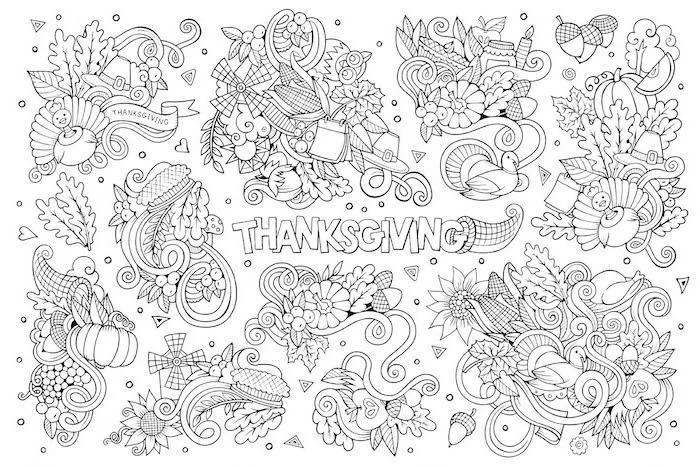
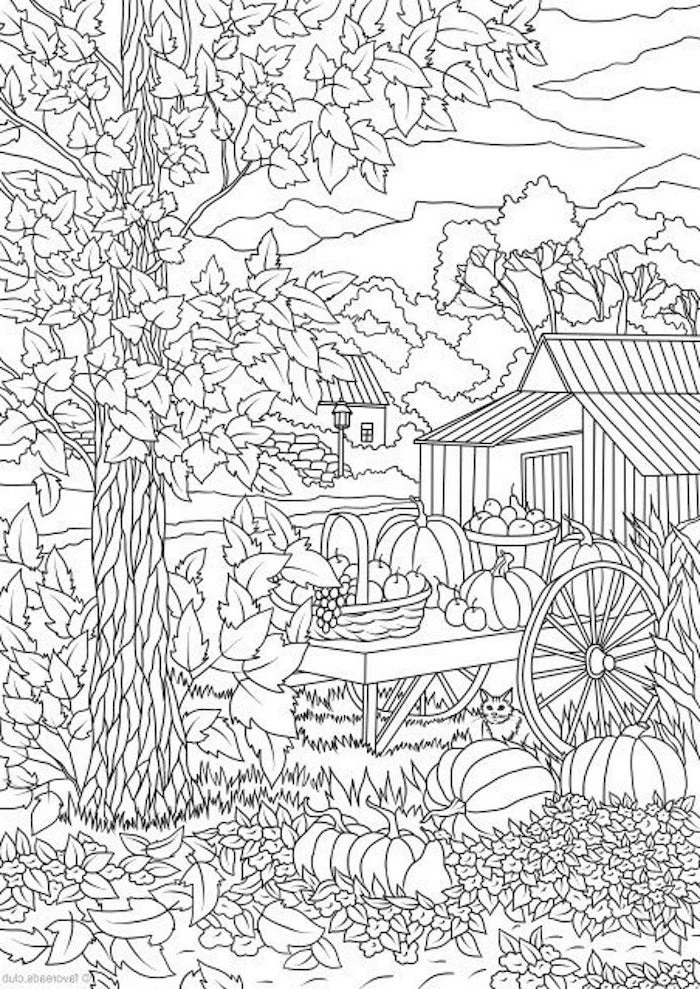
A simple DIY stamp station is always a hit. An adult can carefully carve a simple shape—like a leaf or a triangle—into a raw potato half. Provide a shallow dish with some washable paint, and kids can stamp patterns for hours. It’s a tactile experience that feels wonderfully productive.
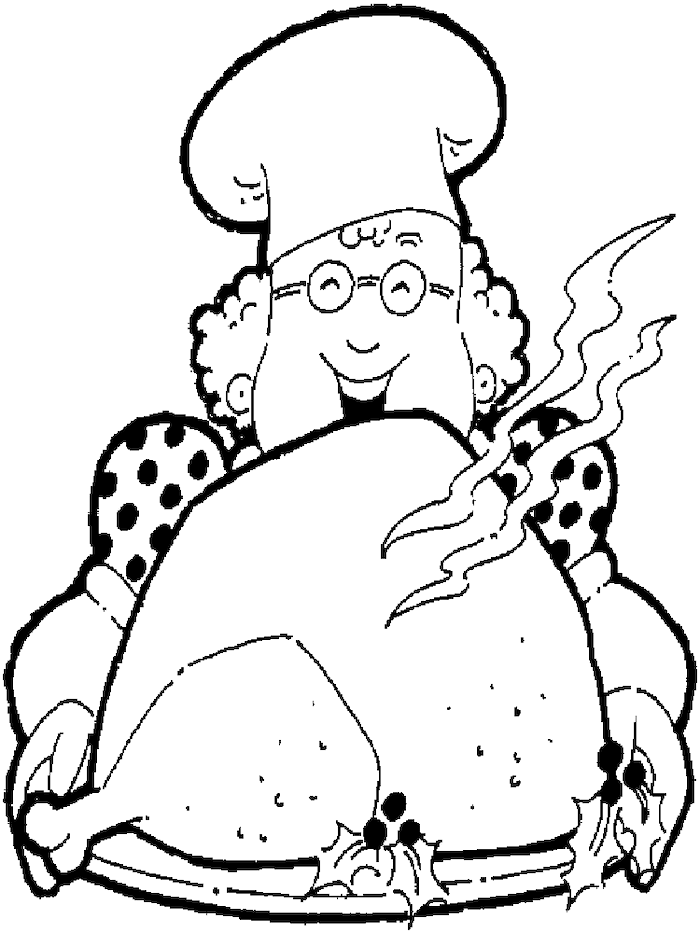
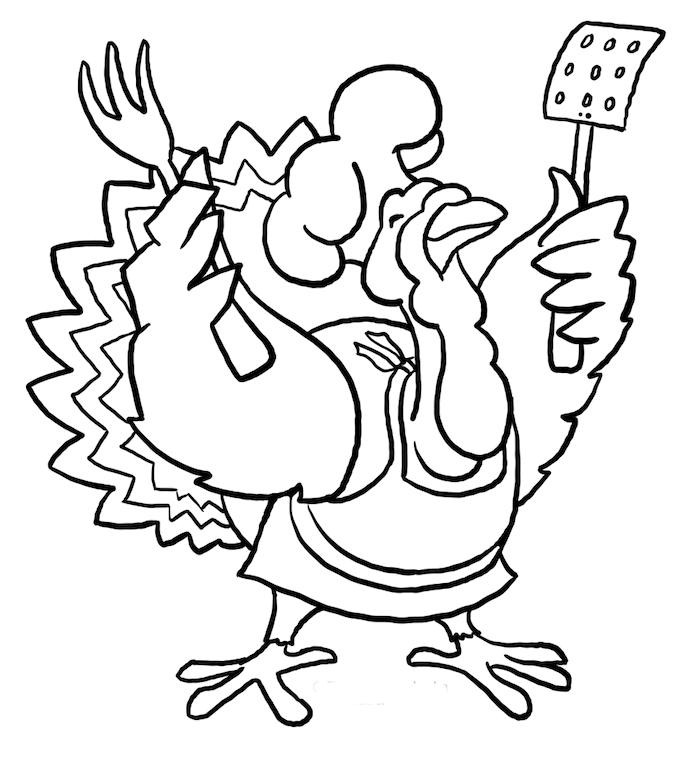
- Requires zero sharpening and creates less mess from broken bits.
- The plastic barrel makes them easier for small hands to grip.
The tool? Crayola Twistables. These crayons are a fantastic, practical alternative to traditional ones, especially for a travel kit or a station where you want to minimize mess and broken pieces. They are a smart investment for stress-free coloring.
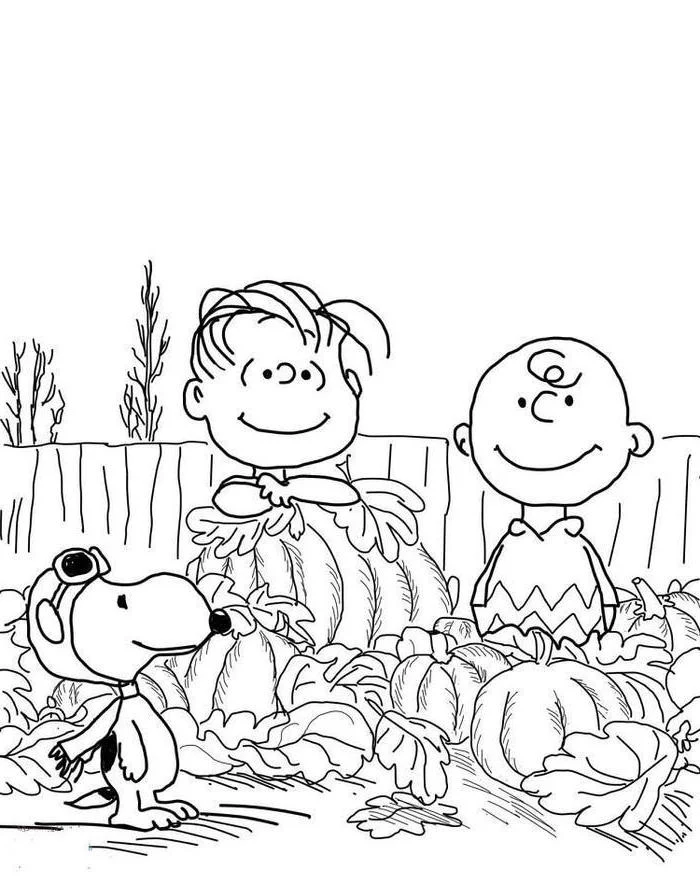
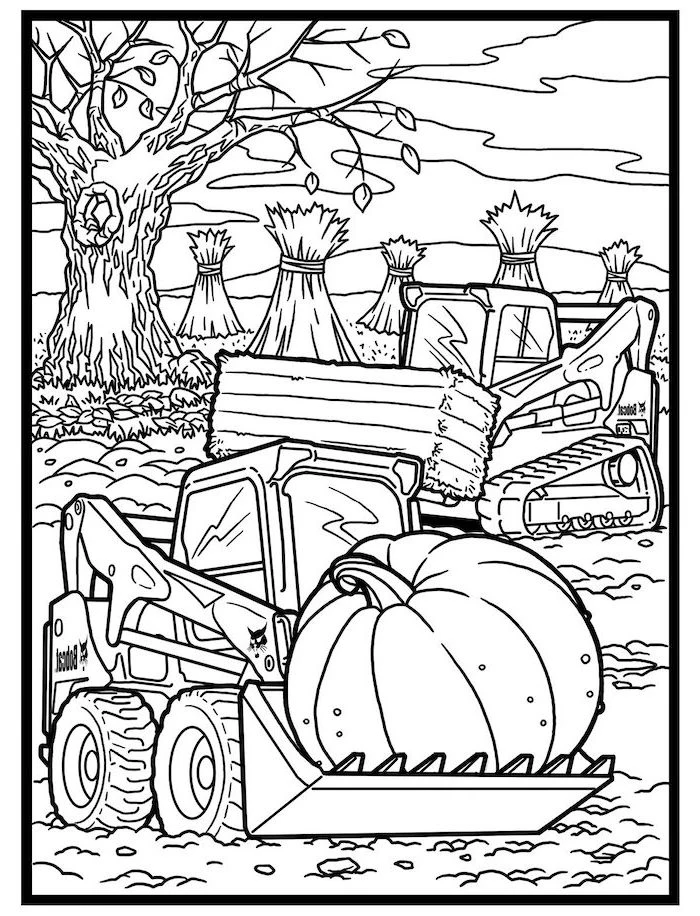
Common Mistake: Placing the station in a major walkway, like between the kitchen and the dining room. This creates a bottleneck and invites spills and interruptions. Instead, find a quiet corner of the living room or den—a space that is visible to you, but out of the main flow of traffic.
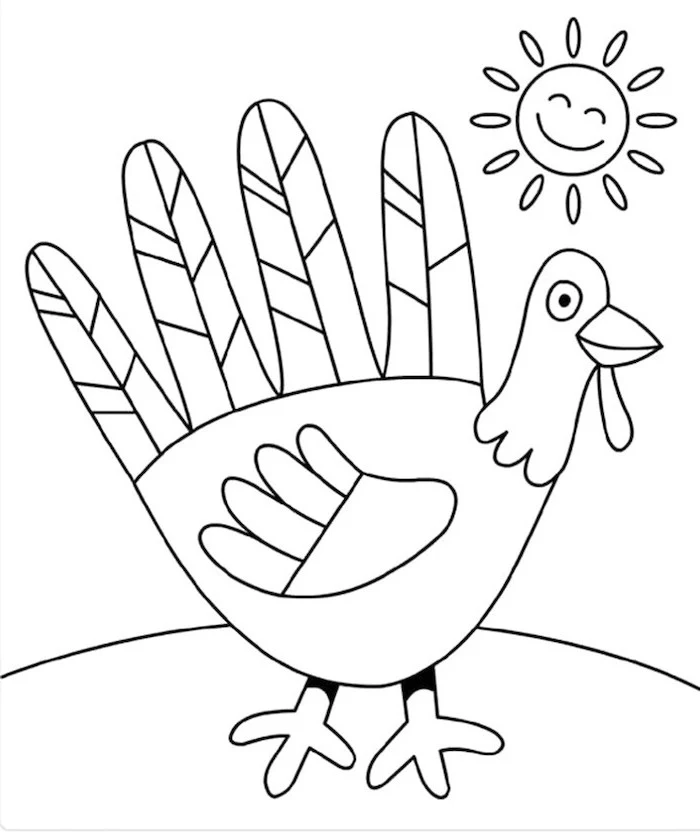
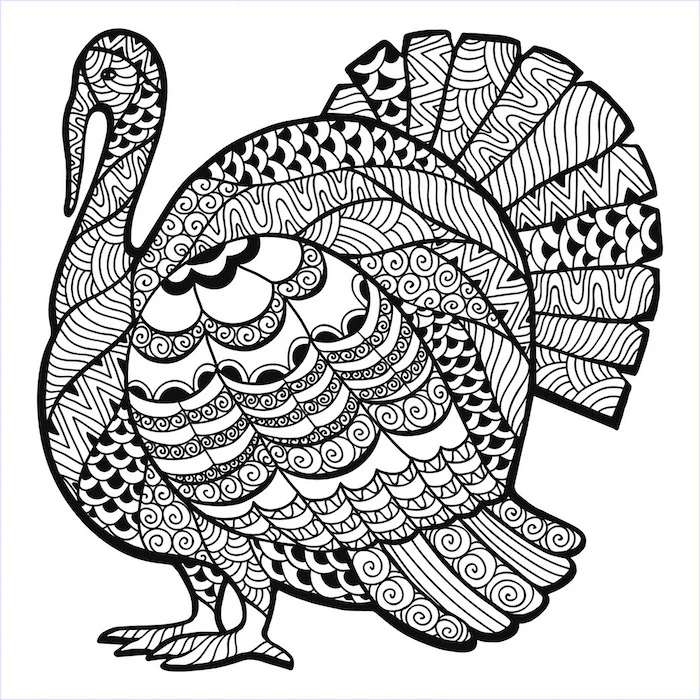
Don’t forget the tactile pleasure of dough. You can make your own no-cook playdough in minutes and add a festive twist with a few drops of cinnamon, nutmeg, or pumpkin pie spice extract. The scent adds another calming sensory layer to the experience and makes the whole house smell even more like the holidays.
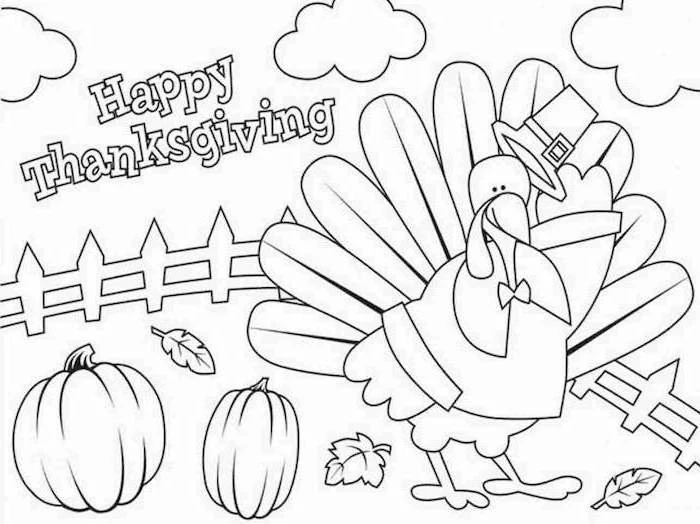
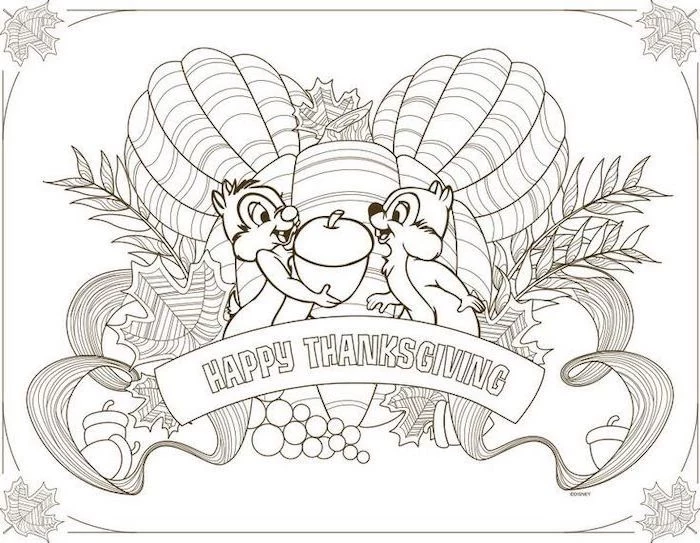
Studies show that engaging in creative activities can reduce cortisol, the body’s primary stress hormone. This applies to adults, too!
Don’t be surprised if you find your cousin or uncle sitting down to doodle for a few minutes. Make the space inviting for everyone by leaving out some extra paper or a jar of markers. A shared, low-pressure creative moment can be a great way for family members of all ages to connect.
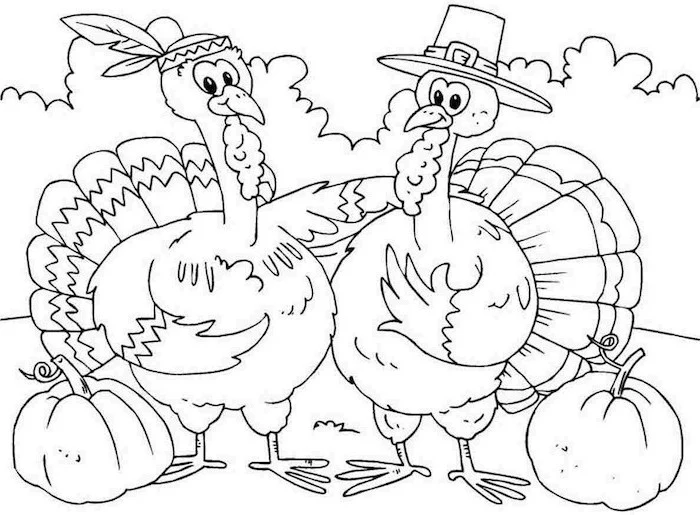
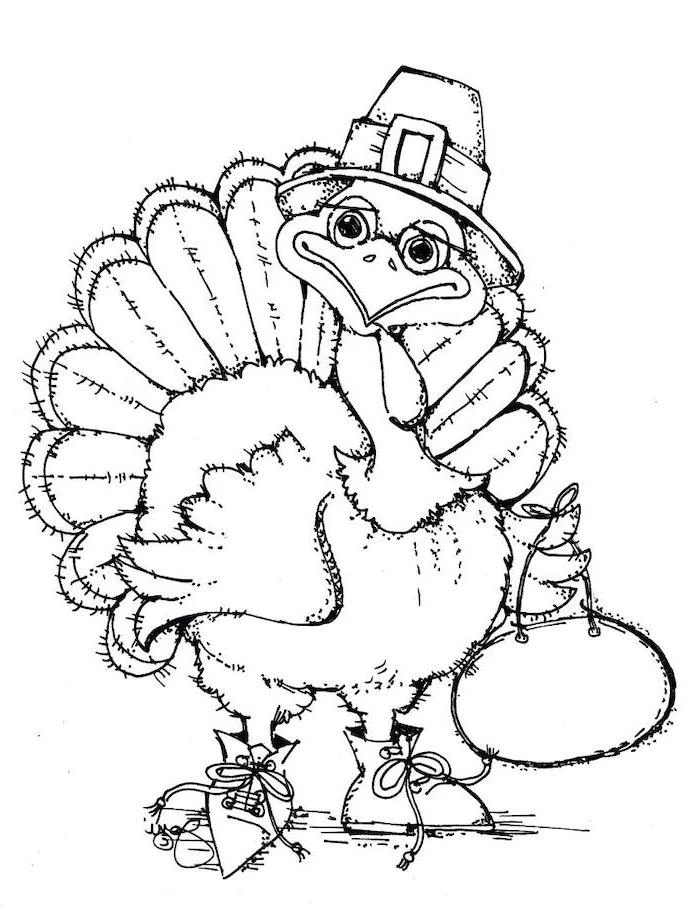
Can you make a station without buying anything new?
Absolutely. ‘Shop’ your own home first. Gather all the half-used coloring books, stray crayons, and glue sticks. Find plain paper, old magazines for collages, and cardboard from packaging. A simple pair of scissors and some tape can be enough to spark creativity. The goal is engagement, not a perfectly curated set of new supplies.
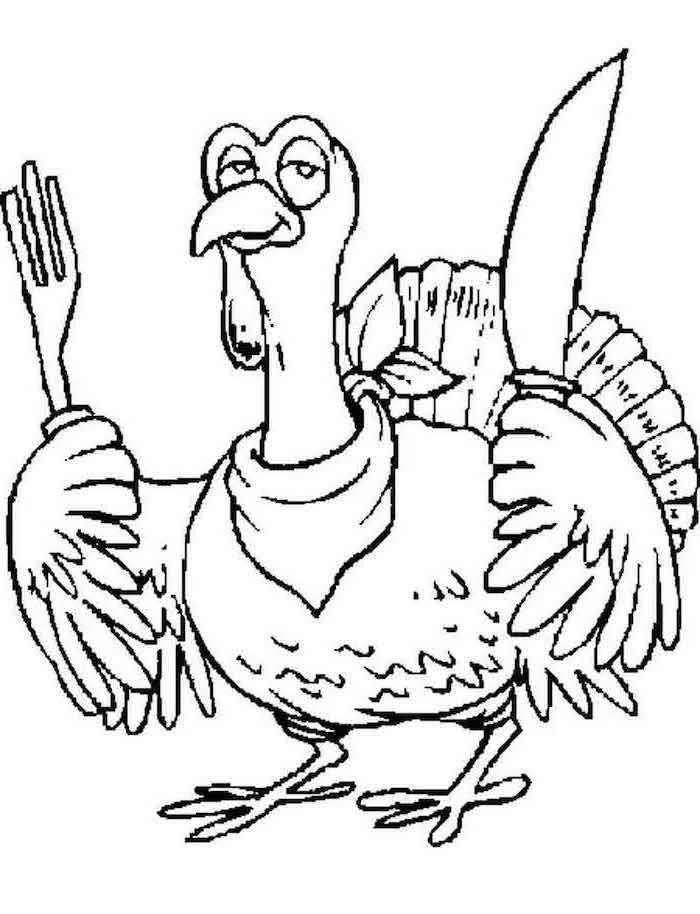
The Thankful Paper Chain: A classic for a reason! Cut strips of construction paper in autumnal colors. Have everyone write one thing they are thankful for on a strip and then loop them together to create a chain. You can hang it over a doorway or on the mantelpiece, creating a visual representation of the family’s gratitude that grows throughout the day.

